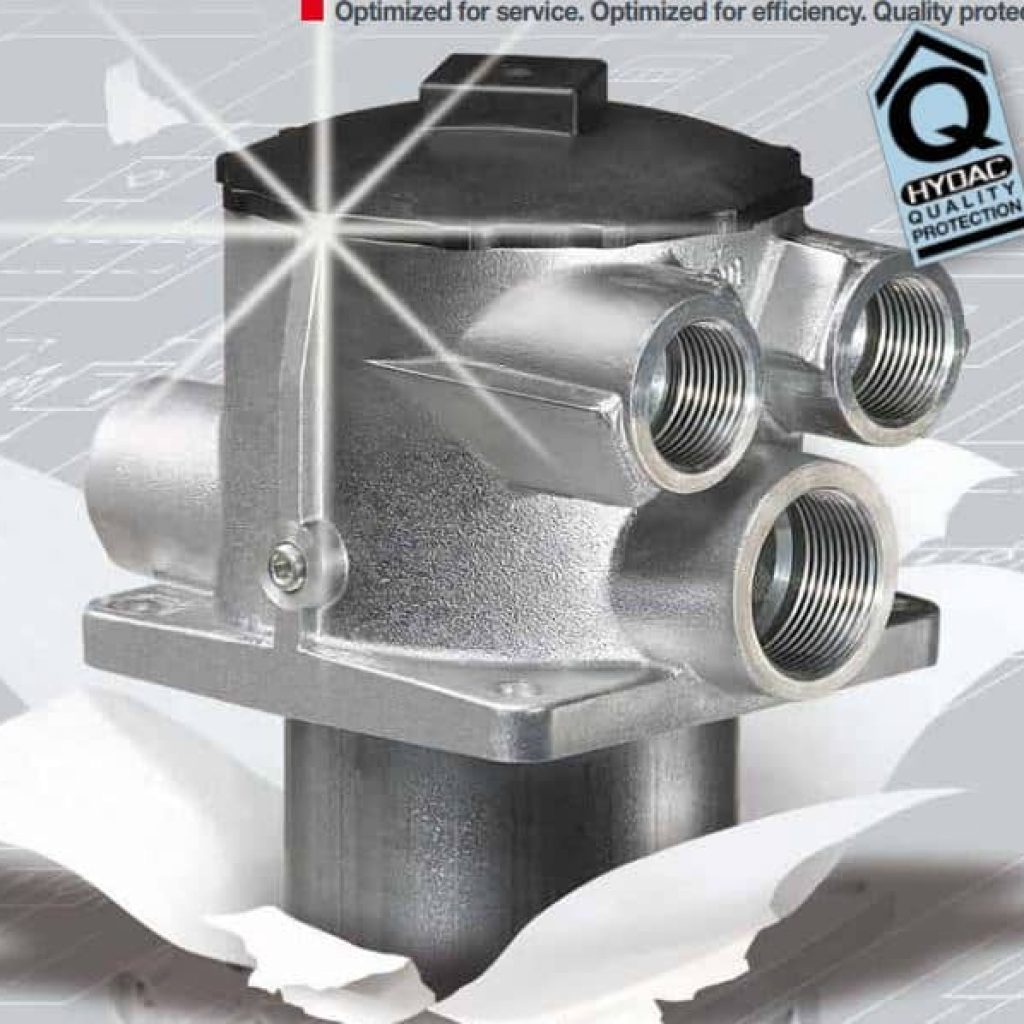One of the most common forms of pump failure experienced in the hydraulic industry is pump cavitation. Pump cavitation occurs when the pressure in the pump inlet drops below the vapor pressure of the liquid. Vapor bubbles form at the inlet of the pump and are moved to the discharge of the pump, where they collapse, often taking small pieces of the pump with them. Often, if not fixed, this can result in pump failure. Some signs that you are experiencing pump cavitation are the following:
- Loud noise often described as a grinding or “marbles” in the pump
- Loss of flow capacity (bubbles are now taking up space where liquid should be)
- Pitting damage to parts as material is removed by the collapsing bubbles (see image below)

Pump Cavitation images courtesy of Eaton Hydraulics Training Services
While there are several corrective actions that can be taken to resolve a pump cavitation issue within a hydraulic pump, supercharging, or pressurizing, the pump inlet is probably the easiest and most cost effective way of doing this. There are many different benefits to supercharging (forcing flow into the inlet), which creates an artificial positive head or pressure on the pump inlet, reducing the “suck” a pump must have to get oil into the system. Creating a positive head on the inlet will completely eliminate pump cavitation and increase the longevity of the hydraulic pump. There are different ways in which we can supercharge the pump inlet.
3 Ways to Supercharge The Pump Inlet
Pressurizing the Hydraulic Reservoir
This can be done with a 5psi breather cap that, as the oil heats up in the system, will hold 5psi in the tank. This is effective, but can pose to be a problem if the tank needs to be pressurized during start up. The reservoir will not have built up pressure yet and can cause pump damage until the oil warms up and the breather cap can place this 5PSI pressure on the system.
Pressurizing the Tank With an Air Compressor System
This involves a series of min/max reliefs and can be an expensive solution, but can be very effective when the hydraulic system is mobile and altitude plays a role on the performance of the machine.
Return Line & Suction Boost Filters
We can use filters to take the pump return flow back to tank and redirect it to the inlet of the pump. One such filter is the Hydac Boost Filter. These return line filters will send oil to the pump inlet and hold pressure. The resulting positive head eliminates pump cavitation, plus the filter provides additional protection as it is delivering clean oil to the pump. If added with a pressure filter downstream from the pump you should see significant reliability improvement out of your pump and overall hydraulic system.

Prevent Pump Cavitation
While supercharging the pump inlet is probably the easiest, there are several different ways to resolve the pump cavitation issue. Every application is different so it’s worth taking the time to determine the best option for your specific application. Cross mobile systems integration experts have experience working with hydraulic pumps in a range of applications and industries so our team can bring that experience to the table to help you determine what might be best for your situation.
